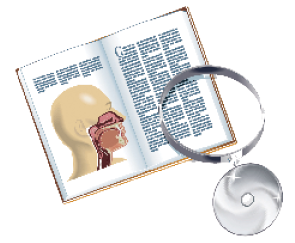 Background
Background
Although tympanoplasty with or without mastoidectomy is a common procedure, failures of perforation closure are not a rare occurrence. Optimization of the tympanoplasty procedure would lead to improved patient outcomes and increased patient satisfaction. Controversy currently exists amongst otologists regarding the appropriate treatment of tympanic membrane perforations resulting from chronic suppurative otitis media without cholesteatoma. Proponents for mastoidectomy with tympanoplasty for this patient population contend that surgical opening of the mastoid pneumatic system buffers pressure changes in the middle ear according to Boyle’s Law and allows for the debridement of infected tissue and devitalized bone that may not be otherwise effectively treated. Anecdotal and empirical data supporting this theory are prevalent within the literature. However, several recent studies investigating tympanoplasty with or without mastoidectomy refute the claim that mastoidectomy improves otologic outcomes following perforation repair. We review the current body of literature in an effort to elucidate the best practice.
Explore This Issue
July 2013Best Practice
Anecdotal and empirical evidence has resulted in the common practice of performing mastoidectomy with tympanoplasty for the treatment of tympanic membrane perforation secondary to chronic noncholesteatomatous suppurative otitis media. Proponents for concomitant mastoidectomy in this patient population cite mastoid aeration and limited increased risks or costs for the patient. As evidenced in the literature, tympanoplasty alone may be sufficient for repair of simple and uncomplicated tympanic membrane perforations. Read the full article in The Laryngoscope.
Leave a Reply